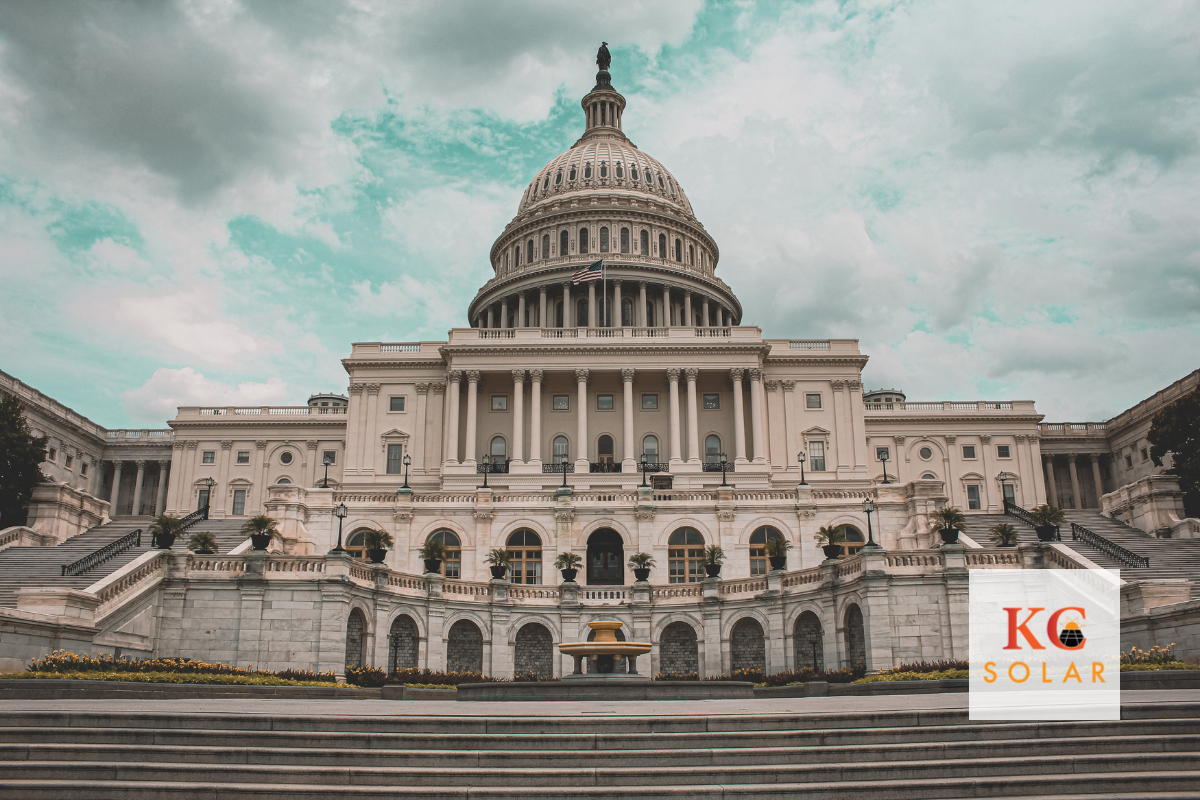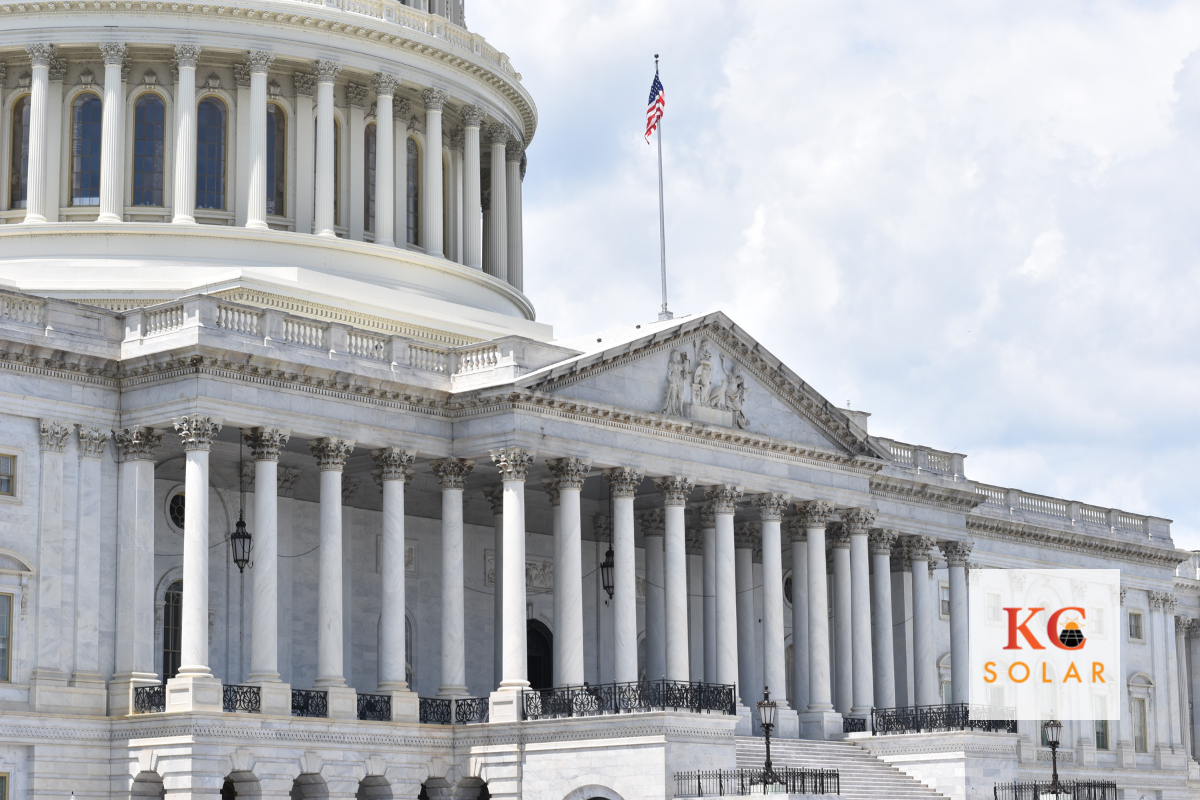If you’re considering going solar, you’ve likely heard about the 30% federal tax credit that can significantly reduce your installation costs. But that benefit may soon be gone. In May, lawmakers introduced new legislation — the One Big Beautiful Bill Act (OBBBA) — that proposes eliminating the solar tax credit far earlier than expected.
The legislation has sparked confusion and concern among homeowners wondering if they still qualify for the credit, how long it will last, and what steps they need to take. Below, we break down some of the most common questions we’re hearing right now and explain what the proposed changes could mean for you.
What exactly is the solar tax credit?
The Investment Tax Credit (ITC) is a federal incentive that allows homeowners to deduct 30% of the cost of a solar energy system from their federal taxes. This includes installation, equipment, and other eligible expenses. It’s one of the most effective ways to make solar more affordable.
Wasn’t the tax credit supposed to last until 2032?
Yes. Under the Inflation Reduction Act of 2022, the residential solar tax credit was extended through 2032 at the 30% level. However, the One Big Beautiful Bill Act, introduced on May 22, 2025, proposes to terminate the credit much sooner. If passed, this bill could pull the plug on the incentive as early as the end of 2025 — or possibly even sooner, depending on legislative negotiations.
What part of the bill ends the credit?
The OBBBA includes a section titled “Termination of Residential Clean Energy Credit” (Section 112006). This section repeals the 30% residential solar tax credit in its entirety. The bill is part of a larger effort to roll back clean energy incentives and shift federal priorities elsewhere.
Other energy-related credits on the chopping block include the clean vehicle credit, hydrogen production incentives, carbon capture credits, and clean electricity production and investment credits.
So… do I still qualify?
Yes — for now. As of today, homeowners still qualify for the full 30% credit, but only if the system is installed and operational before the end of 2025. That’s a critical detail: it’s not enough to sign a contract or get a permit. Your solar system must be online before December 31, 2025, to claim the credit.
How long does a solar project take?
Most residential solar installations take several months from start to finish, especially when factoring in consultation and design, utility approval, permitting delays, equipment availability, and final inspection. With many homeowners now rushing to secure their credit before it disappears, install schedules are filling up fast.
Is it too late to start?
Not yet — but it will be soon. If you begin your solar project this summer, you still have a solid chance of completing your installation before the end-of-year deadline. But as fall approaches, that window may close quickly.
What should I do now?
If solar is on your radar, now is the time to act. Waiting until 2026 — or even late 2025 — could mean missing out on thousands in federal savings.
KC Solar can walk you through the entire process, from your free consultation to installation day. We’ll help you lock in your 30% tax credit while it’s still available—and make sure your system is ready before the deadline hits.
Call (913) 444-9593 or contact us to get your free, no-pressure quote.






